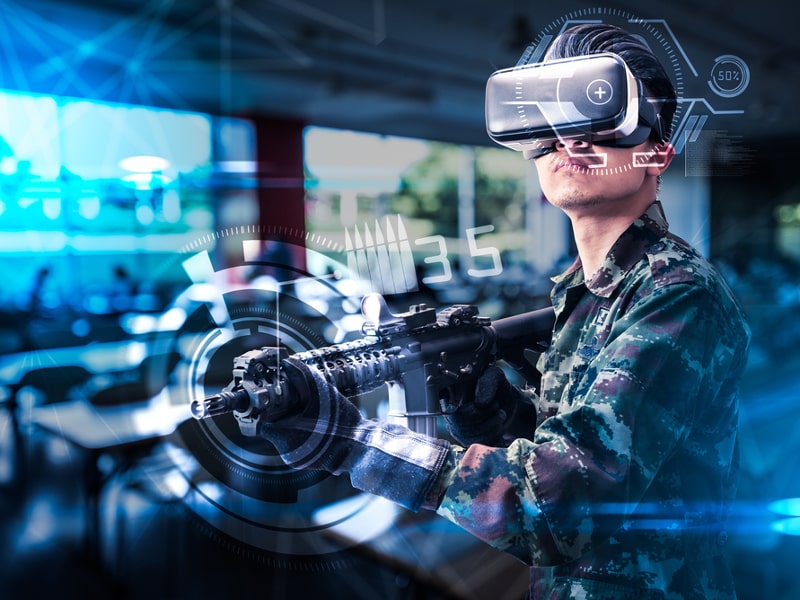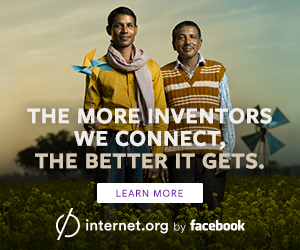The Internet of Things has come to stay and, above all, to create a gigantic business.
Silvia Leal, a scientific disseminator and expert in Digital Transformation, explains in this article why it is one of the technologies with the most future.
What is the Internet of Things? There is increasing talk about the impact of the Internet of Things (IoT) on our lives. Also about its effect on the labour market and, of course, the business market.
But how many people really know what IoT is? How many people would know how to define it without fear of being wrong? Moreover, how many would dare to explain its mechanism of operation? Something tells me that probably more than a few. So I suggest we start with the definitions…
The IoT, the Internet of things, is the technology capable of turning any inert object into an intelligent one (the famous smart), giving it its own (virtual) identity, as well as the ability to empathise, communicate and interact with other objects and, of course, with us.
IoT devices and applications
The IoT devices and the IoT applications allow us to connect the physical world with the digital world. They can make a lot of things happen that we’ve only seen in movies before.
All this is possible thanks to the sensors connected to the Internet, which is undoubtedly the core of this technology.
Sensors are devices capable of sensing (and measuring) the state and changes in the environment. These Internet of Things devices are becoming increasingly common today.
They can become very important for the operation of our devices, such as mobile phones.
Examples of IoT
For that reason, for companies like Huawei, sensors are a key part of the design of their most advanced devices.
This is the case, for example, with the P30 series, which incorporates a ToF (Time of Flight) sensor, a technique used to estimate distances by measuring the time elapsing between the emission and reception of an infrared light beam.
In this way, the phone can calculate the depth of a scene very precisely. This allows for faster and more accurate focusing, resulting in much higher image quality.
In short, they are “sensitive” devices, capable of capturing physical quantities such as variations in light, temperature or sound, making them the “senses” of the object in which they are installed.
And what are they good for when they are connected? This technology is, of course, behind the famous clocks and intelligent cars, collecting information from the environment, as well as from the object itself (the car and the clock), allowing it to react instantly to what is happening around it.
Internet of Things in wearables
Among the most notorious intelligent objects are those called “wearables”. These are objects of small weight and size that can be worn over our clothes or as accessories.

The ultimate goal of these devices, according to their manufacturers, is to improve the quality of life of those who wear them.
The media boom for wearables has been closely linked to smart watches, which has made them one of the best references for this type of object.
IOT in health
Against these, the case of “swallowable” objects is also interesting. We are talking about devices that, once swallowed, are capable of receiving, managing and offering information that serves, among other things, to monitor an illness.
There are so many possibilities for the application of such technologies to medicine that, in fact, it is estimated that the incorporation of the internet of things to the control of chronic patients could reduce the costs of their treatment by 10 to 20%, in less than a decade.
However, we do not have to wait that long to benefit from its health benefits. Smart thermometers, which can monitor a baby’s temperature 24 hours a day (without disturbing him) and are ready to warn by mobile phone in case of emergency (e.g. high fever at night), are a good example.
They maintain, of course, temperature records and can be very helpful in the diagnosis and treatment of childhood illnesses. Those who have or have had a baby will understand very well why I have chosen this particular case. The value of such an object, a feverish night at home, will be incalculable.
IoT applications for the home
For all these reasons, this technology is becoming increasingly important in our homes. With it, it is now possible to regulate the efficiency of energy consumption in a home to the maximum. Thanks to the Internet of Things, families can reduce their electricity bills and relieve the pressure of the end of the month.
However, their contributions can go much further. This is demonstrated by its role in the fight against pollution, a phenomenon that is plaguing more and more cities, reducing and worsening both the quality of life and the life expectancy of those who live there.
The IoT is also behind all those buildings they call intelligent. We are referring to buildings that already allow a 40% reduction in energy consumption, a 25% reduction in water consumption and a third reduction in CO2 emissions.
As if this were not enough, more and more cities are turning to the use of tools such as CityTrees, moss structures and sensors that with an approximate dimension of 4x4m are capable of finishing with 240 tons of CO2 per year, the equivalent to the absorption of 275 “real” trees.











